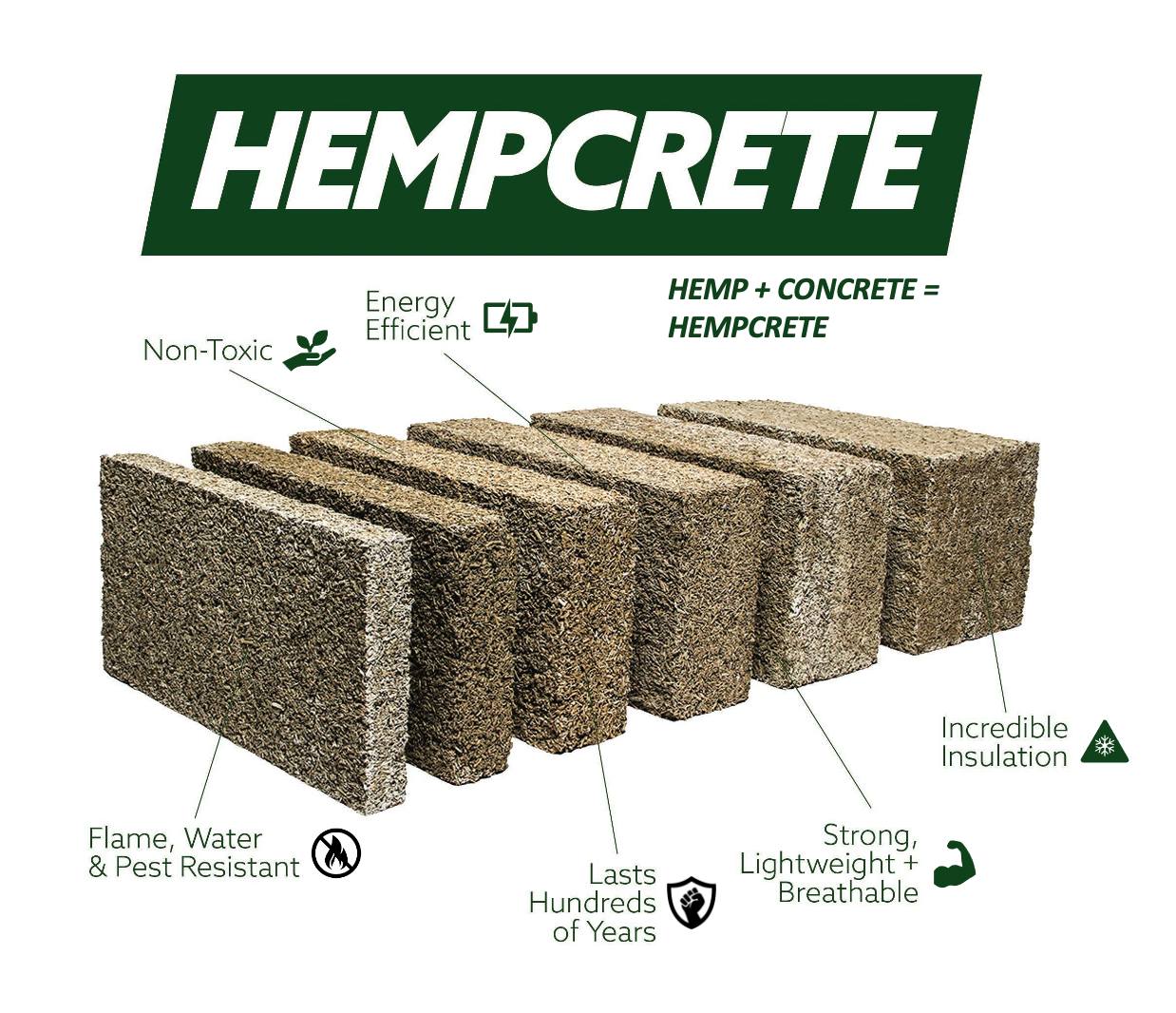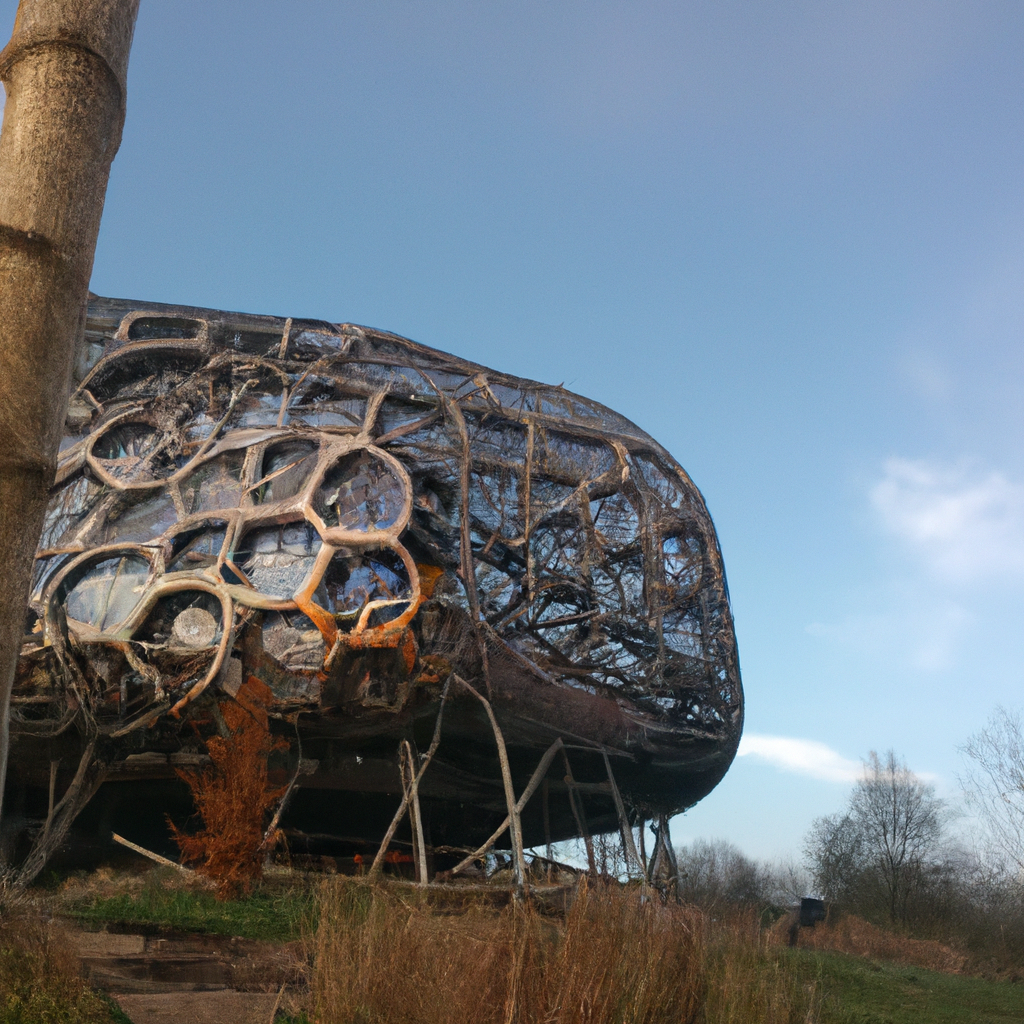
Introduction to Hempcrete
Hempcrete is a building material that is gaining popularity among environmentally conscious builders. It is made from the woody core of the hemp plant, known as the hurd, and a lime-based binder. Hempcrete is sustainable, non-toxic, and has excellent thermal performance. In this article, we will explore the ingredients, techniques, and construction methods of hempcrete.
Advantages of Hempcrete over Traditional Building Materials
Hempcrete has several advantages over traditional building materials such as concrete and brick. Firstly, it is a renewable resource, and the hemp plant absorbs carbon dioxide as it grows, making it a carbon-negative material. Secondly, it is non-toxic and does not emit harmful chemicals, making it a healthier option for occupants. Thirdly, hempcrete has excellent insulation properties, making it energy-efficient and reducing the need for heating and cooling. Lastly, it is mold and pest-resistant, making it a durable material that requires little maintenance.
Ingredients of Hempcrete: A Comprehensive Guide
Hempcrete is made from the hurd of the hemp plant and a lime-based binder. The hurd is mixed with the binder and water to form a slurry, which is then cast into molds. The binder reacts with carbon dioxide in the air to form calcium carbonate, which hardens over time. Hempcrete is typically made with a ratio of 1:1.5:1 of hemp hurd, lime binder, and water, respectively. Other materials such as sand and pozzolans can be added to improve the strength and durability of hempcrete.
Techniques for Mixing Hempcrete
Hempcrete is mixed on-site using a mixer or by hand. The hurd is first moistened, and the binder is added to it. Water is then added to form a slurry, which is mixed thoroughly to ensure uniform distribution of the binder. The mixture is then cast into molds and left to set. Hempcrete can be poured into walls and floors, or it can be used as an infill material between structural frames.
=== Construction Techniques for Hempcrete
Hempcrete is an excellent material for wall construction. It can be cast in place, or prefabricated panels can be used. When building with hempcrete, it is essential to ensure that the material is allowed to dry and cure fully before applying finishes. The lime binder in hempcrete continues to react with carbon dioxide in the air, which strengthens the material over time. It is also essential to protect the material from moisture during the construction process.
Thermal Performance of Hempcrete
Hempcrete has excellent thermal performance, with insulation values ranging from R-2 to R-4 per inch, depending on the mix design. This means that buildings constructed with hempcrete require less energy for heating and cooling, reducing both energy bills and carbon emissions. Hempcrete also has a high thermal mass, which helps to regulate indoor temperatures and reduce temperature swings.
Fire Resistance of Hempcrete
Hempcrete is a non-combustible material and has excellent fire resistance. It does not emit toxic gases when exposed to fire, making it a safer option for occupants. However, it is essential to note that finishes applied to hempcrete, such as paints and varnishes, can impact its fire resistance.
Moisture Resistance of Hempcrete
Hempcrete is a breathable material that allows moisture to move through it. It has excellent moisture regulation properties, which means that it can absorb and release moisture as needed. However, it is important to protect the material from prolonged exposure to moisture during the construction process, as this can impact its long-term durability.
Sustainable Building with Hempcrete
Hempcrete is an excellent option for sustainable building. It is a renewable resource that has a negative carbon footprint, making it an environmentally friendly option. Hempcrete also has excellent thermal performance, fire resistance, and moisture regulation properties, making it a durable and healthy option for occupants.
Conclusion: The Future of Hempcrete in Construction
Hempcrete is a versatile material that has several advantages over traditional building materials. As the construction industry continues to focus on sustainability and energy efficiency, hempcrete is likely to become an increasingly popular option. With its non-toxic properties, excellent insulation values, fire resistance, and moisture regulation properties, hempcrete is an excellent option for sustainable building.

























